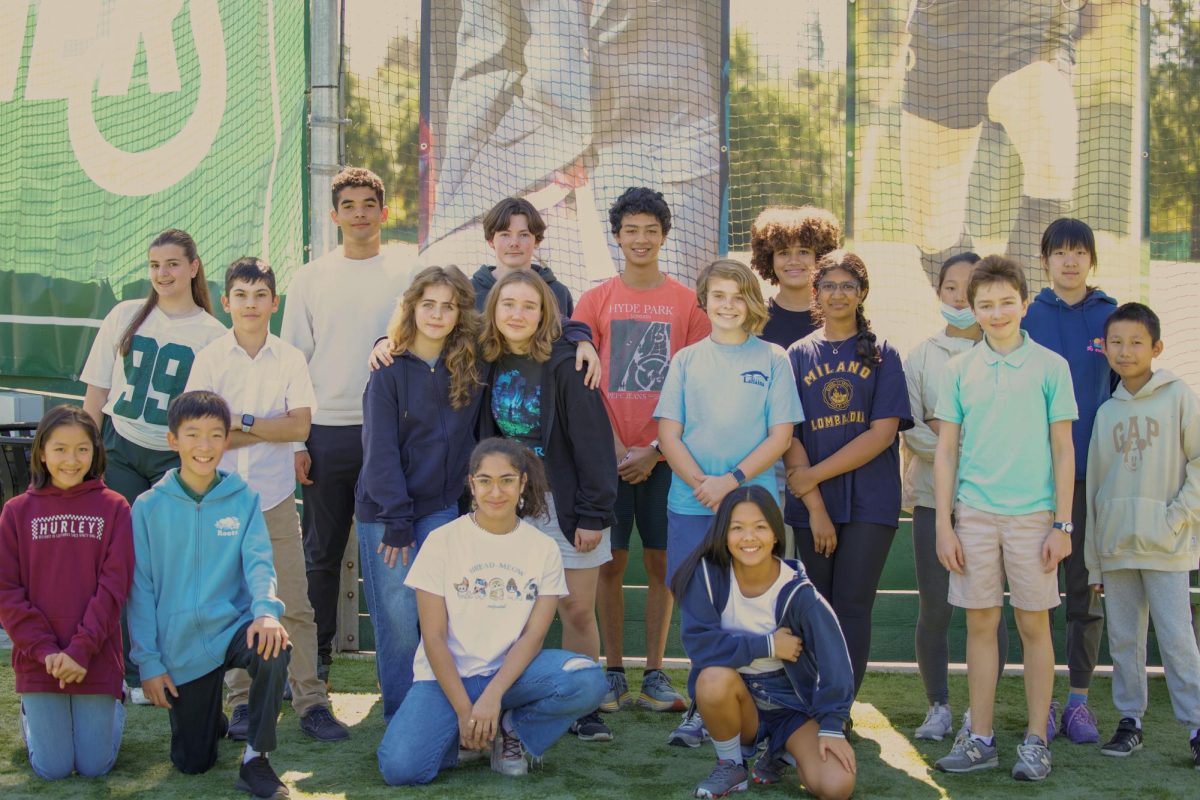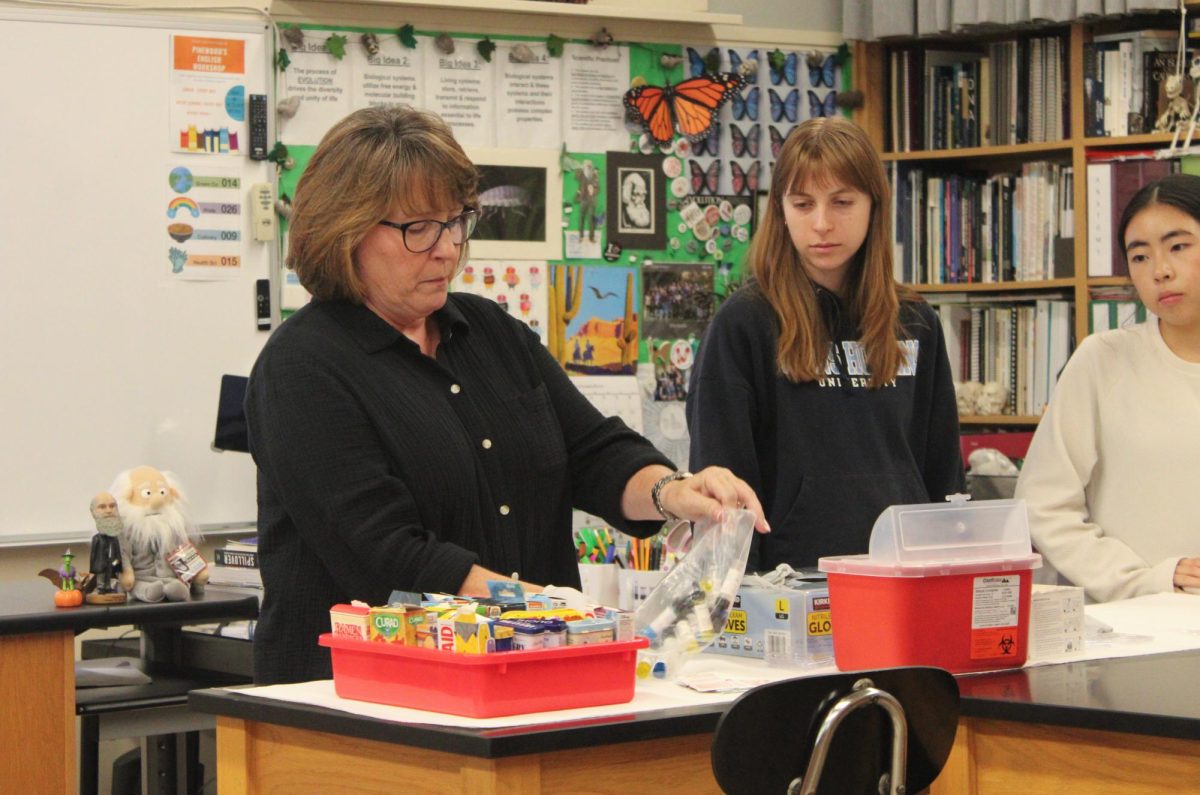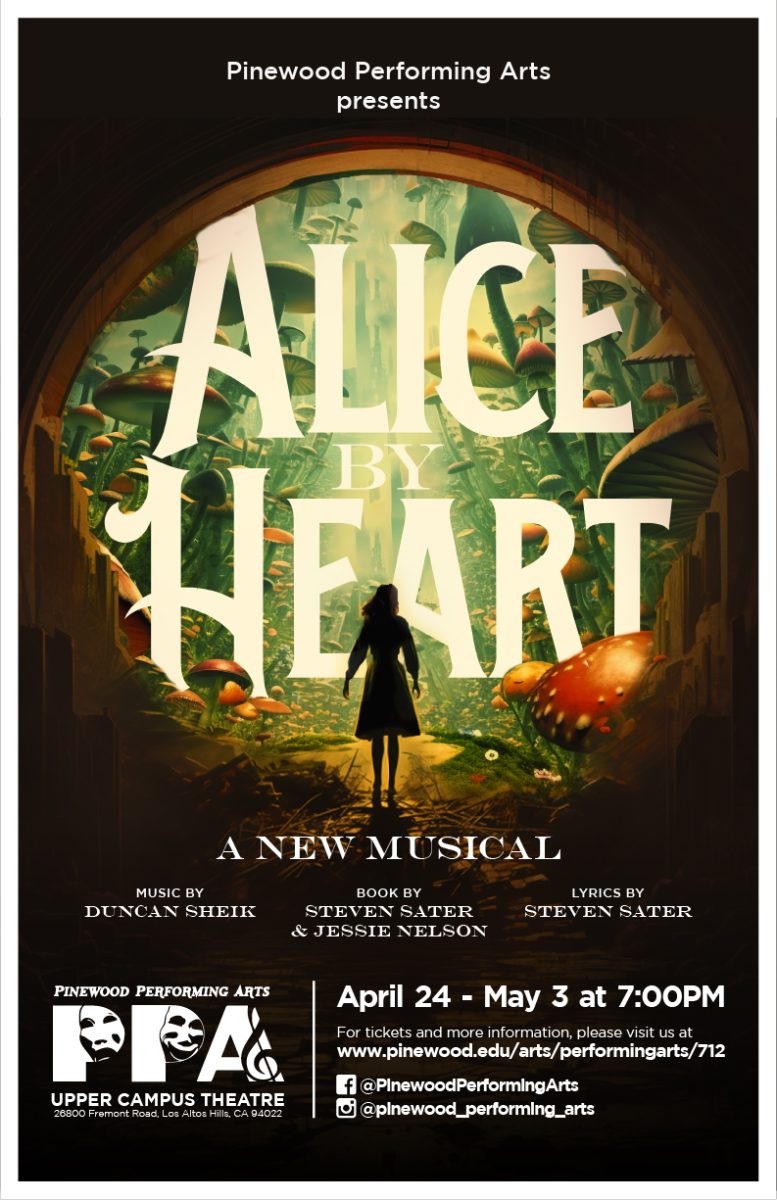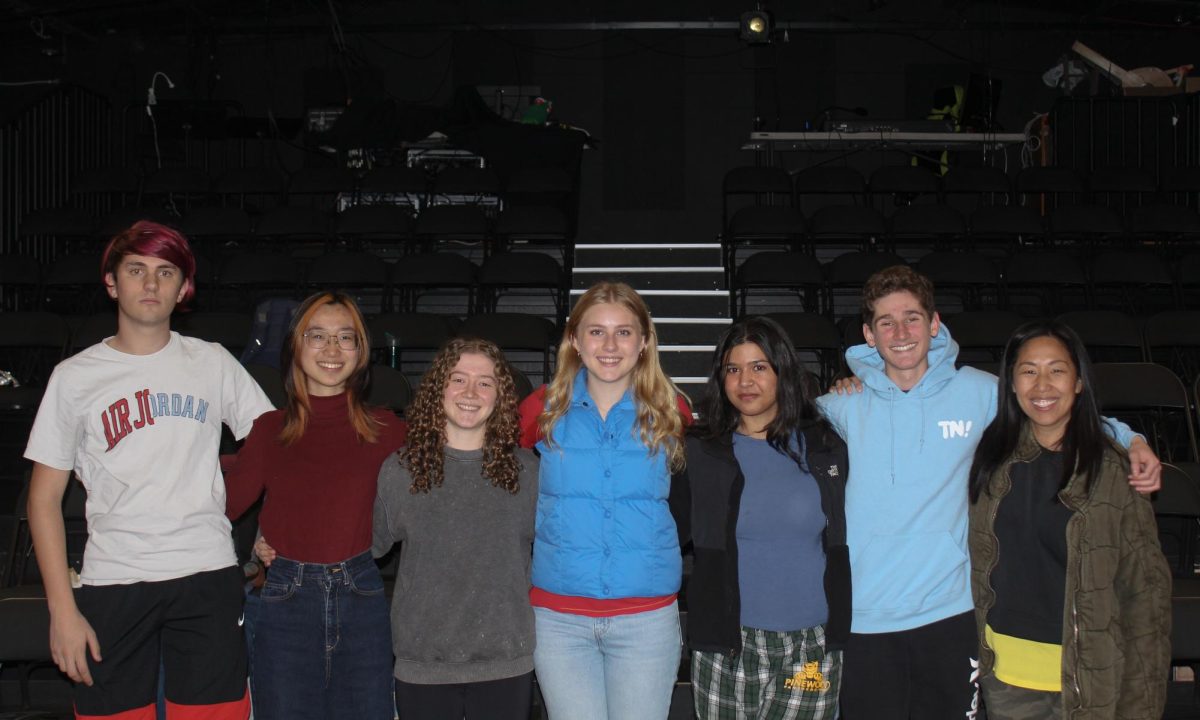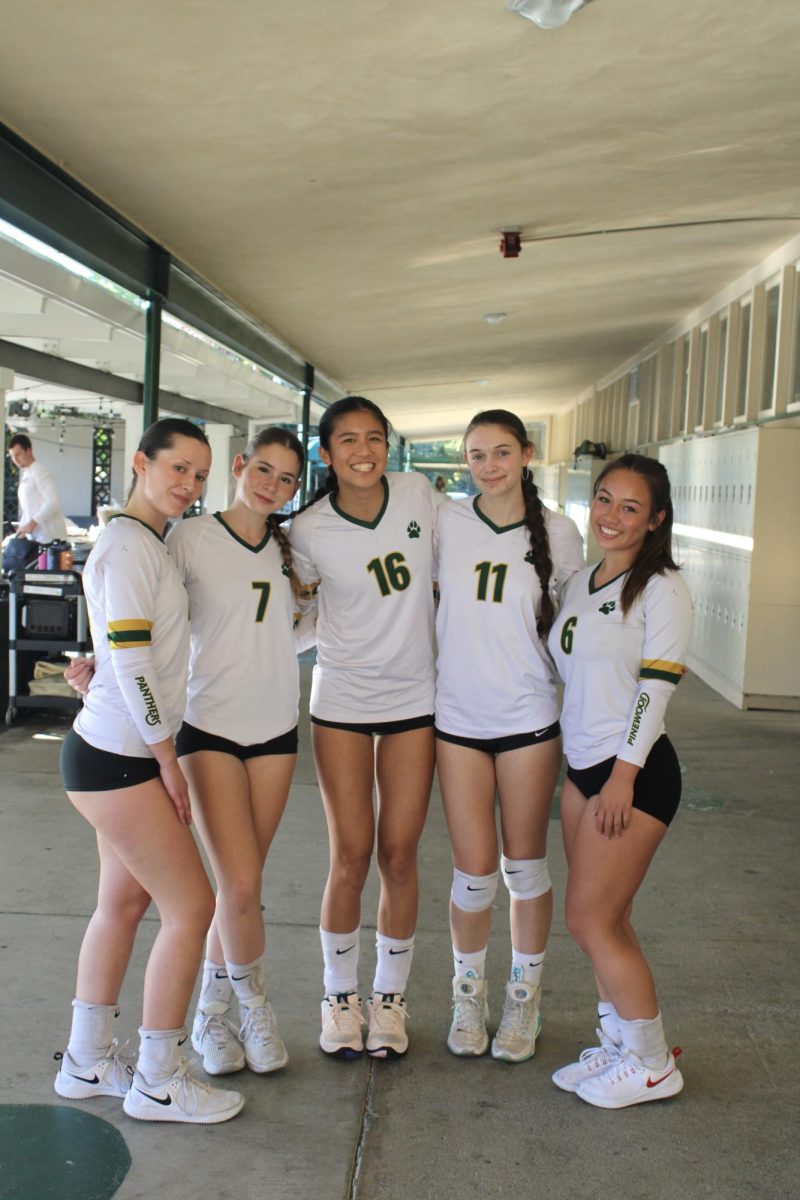Though initially marketed as a children’s toy, Legos have transcended the confines of playrooms, finding a prominent place in today’s classrooms. Students can utilize the hands-on activity of building Legos to further advance their design thinking and building skills by finding unique ways to solve similar problems.
“I love that kids get to be very creative and problem solve using Legos,” computer science teacher Christine Tran said.
First Lego League is a global Lego robot building competition that utilizes students’ creativity and problem solving to construct solutions for a prompt each year. The idea is to teach students the fundamentals of engineering, using kid-friendly and simple building blocks. Students can develop computer science skills by programming code and uploading it to a robot brick, the control hub of the EV3 system. This brick powers various electronic mechanisms like motors and sensors, enabling a wide range of robotic functions.
“It’s instant gratification,” Tran said. “[Students] can code a few lines and then load it into the [EV3 brick] to see if it works or not.”
Moving away from the competition side of Legos and more into how it can be used in everyday classrooms, a problem arises. It is hard to intrigue students in higher-level STEM classes at Pinewood to work with Legos, which are typically associated with children. To offer students an engaging and beneficial challenge, Tran advocates for the utilization of 3D printers as a potential solution, which she employs in her eighth grade Design and Engineering elective.
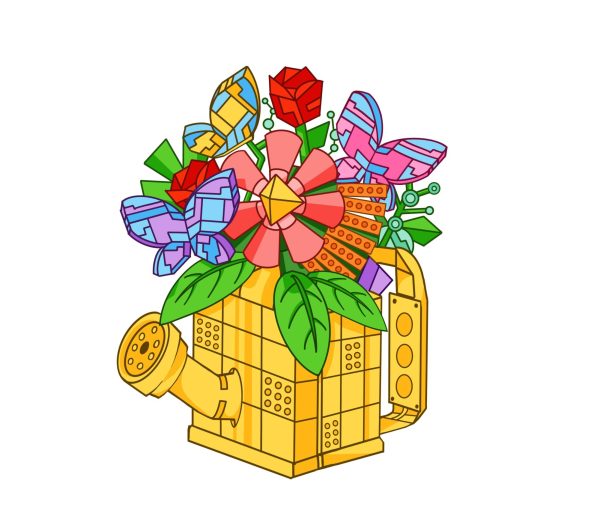
“The idea here is that students can apply what they learn in CAD and 3D printing techniques,” Tran said. “They can 3D print their parts and connect them; they don’t need to build everything out of Lego.”
Creating unique designs and 3D printing custom parts may seem daunting, so computer science teacher Haggai Mark believes that even building Lego sets, with predetermined instructions to follow, can be beneficial to students.
“[Students can] get familiar with the building, technique and process,” Mark said.
Mark believes that at the starting level, students can learn from building Lego sets to develop their own innovation and creativity. After tinkering with legos and how they work, students can slowly start their own projects and come up with new ideas.
“I think that they have great potential to have students experience being playful with ideas,” Mark said.

